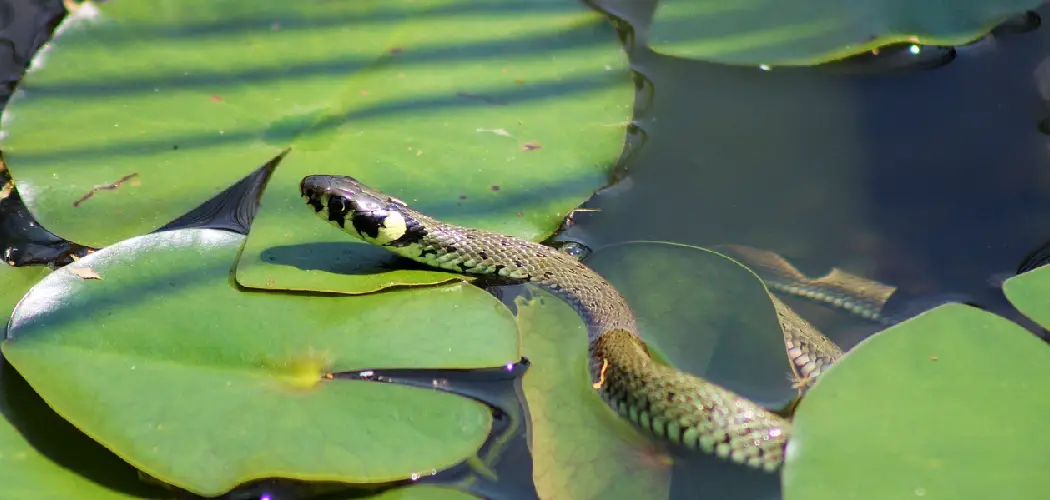Creating the perfect backyard oasis often requires the addition of a pond. Ponds can be magnificent sources of tranquility and can bring life, beauty, liveliness, and joy to any outdoor space—but they don’t come without their fair share of challenges. Snakes are among those challenges; if left unchecked, unwelcome visitors can turn your wonderful pond into an uncomfortable nightmare.
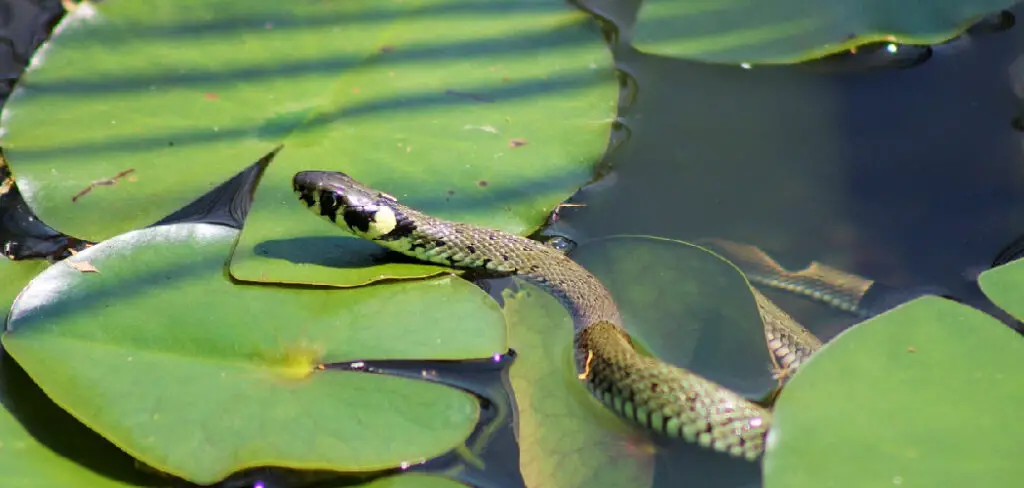
To help you roof your pond from these intruders, however, we’ve put-together this blog post that covers everything from best practices for snake prevention to helpful methods for dealing with snakes once they appear in the vicinity of your garden pond. Read on to learn how to snake proof a pond from your cherished water feature!
Why Snake Comes to Pond?
1. Shelter
Snakes are reptiles that use their venom to kill prey, as well as defend themselves against predators. They inhabit a wide range of habitats, including deserts, jungles, and other environments with abundant resources such as water or food sources. Ponds can provide all these resources for snakes, from shelter to a reliable source of hydration.
2. Food
Ponds are often home to plenty of small prey items such as frogs, fish, and other aquatic creatures— all of which can become a convenient food source for snakes. Allowing snakes access to all these resources will mean that they may very likely settle in the area and make it their permanent home.
3. Protection
Most snakes are timid creatures, meaning they will try and escape when a potential threat approaches. While this is often the case with humans, most animals can’t or won’t harm them—creating an ideal environment for a snake to take refuge in.
Now that you know why snakes come to ponds, let’s take a look at some of the best ways to snake-proof your pond.
Required Items
- Garden netting
- Wire mesh
- Fencing
10 Instructions on How to Snake Proof a Pond
1. Use Net
Use netting or wire mesh to cover the surface of your pond. You should look for materials that have a small enough weave to keep out snakes. It will also prevent larger predators from entering the area.
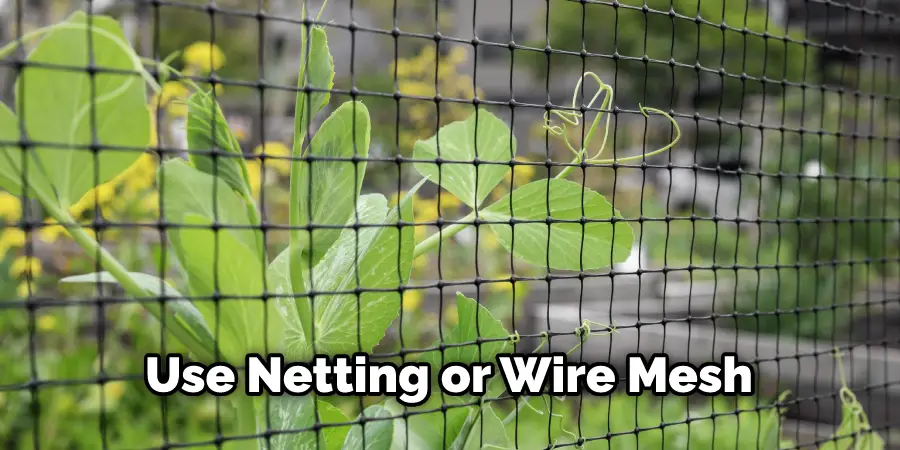
2. Fencing
Install a fence around your pond with close-set pickets or electric fencing if you have more money to spend. This will not only keep out snakes but other animals as well. Be sure that the fence is high enough and properly secured so there are no gaps or weak spots.
3. Remove Debris
Remove any debris, rocks, logs, or dead leaves that may provide snakes with a refuge to hide in around your pond. The dirtier the area is, the more likely snakes will take up residence in or near your pond.
4. Keep Plants at a Distance
You should keep any plants away from the pond and ensure that there are no low-hanging branches for a snake to use as a bridge to reach your pond. The distance should be at least five feet away.
5. Use Repellents
There are a variety of snake repellents available on the market that you can use to keep snakes away from your pond. Be sure to choose one that is safe and effective for outdoor use. Look for formulations containing cinnamon, cedarwood, and ammonia—all of which have been proven to be effective at repelling snakes.
6. Add LED Lights
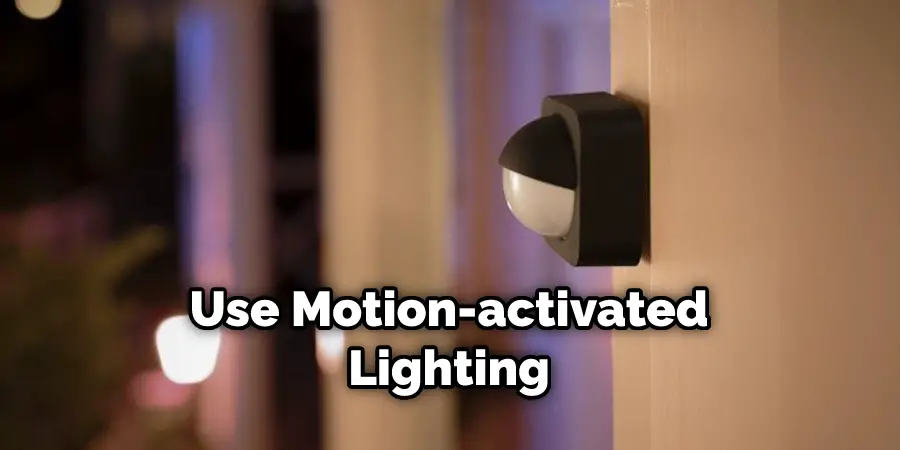
Adding LED lights around the perimeter of your pond can help deter snakes from coming too close, as they are sensitive to bright light. You should also use motion-activated lighting to make sure that any unwelcome visitors will be instantly visible.
7. Eliminate Sources of Food
Eliminating any sources of food near your pond will make it less attractive to snakes. This means removing overgrown vegetation, discarded food items, and other attractants that may draw them in.
8. Increase Visibility
Keep the area around your pond well-trimmed so you can easily detect any signs of snakes. You should also inspect the pond regularly to make sure that there are no signs of slithering visitors.
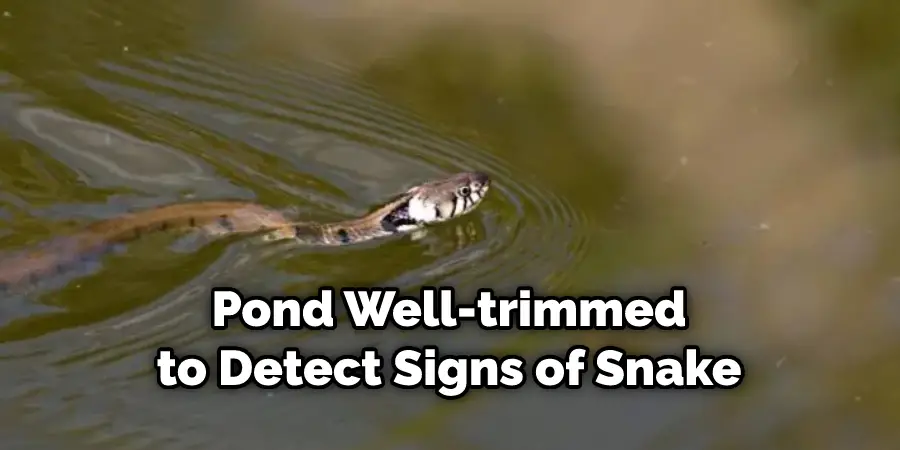
9. Use Traps
If you do find evidence of a snake in or near your pond, you can set traps around it to capture and remove them from the area. If possible, contact an experienced wildlife removal specialist who can safely dispose of the animal.
10. Keep Pets Away
Dogs and cats can also attract snakes to your pond, so you should make sure that they are not allowed to venture too close to it. If possible, keep them away from the area altogether.
By following these steps, you will be able to snake-proof your pond and keep any slithery visitors out for good. Remember, prevention is key to keeping snakes away from your pond so it’s important to take the necessary precautions and be vigilant in keeping an eye on the area. With a few simple steps, you can create a safe and snake-free environment that will protect both you and your aquatic creatures.
8 Common Mistakes While Snake Proofing a Pond
- Not checking the edges of the pond. Snakes can enter ponds through any weak spots, cracks, or openings they can find. Make sure to inspect the entire perimeter to locate and plug up potential entry points.
- Ignoring other access routes. Snakes may also burrow and dig their way into a pond from underneath, so check for gaps in fencing and other potential access points.
- Not using enough material to seal the entry points. Thoroughly fill all potential entry points with a sturdy material such as concrete, bricks, or gravel. Make sure that it is packed tightly down so no gaps remain. The material should be at least six inches thick in order to provide an effective barrier.
- Not using the right type of material. Certain materials such as wood or plastic may not provide a strong enough barrier and can easily be chewed through by snakes. Choose materials that can withstand chewing, burrowing, digging and are water-resistant.
- Not checking the pond regularly for damage. Frequently inspect the perimeter of your pond for any new entry points or signs of tampering. Make sure to repair any weak spots before they become a major issue.
- Installing poor-quality fencing around the pond. Choose a strong and durable material, such as a chain link that is high enough to prevent snakes from entering. Make sure to check the fence regularly for any damage or weak points that may need to be repaired.
- Not removing potential food sources near the pond. Snakes are attracted to areas where they can find food or shelter, so make sure to remove any sources of food, such as bird feeders, fallen fruit, or pet waste.
- Not removing any nearby hiding places. Clear away tall grass, shrubs, and other overgrown vegetation so there are no potential hiding spots for snakes to hide in or around the pond. Make sure to check for burrows underneath the soil as well.
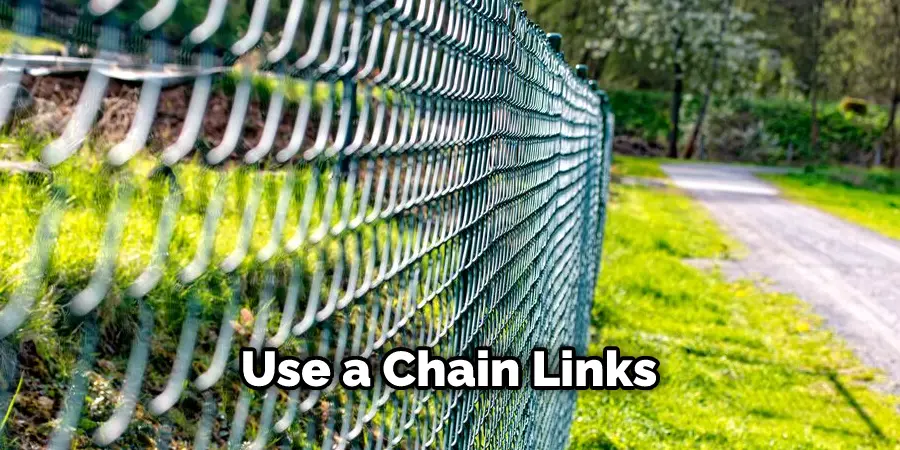
By taking these simple steps you can ensure that your pond will be snake-proofed and safe from unwanted visitors.
Frequently Asked Questions
Is There Any Medicine to Use?
There is no medicine available to use for snake-proofing a pond, however there are many physical barriers that can be implemented. One example is a pond liner which is an impermeable material that can be used to line the perimeter of a pond to prevent snakes from entering. Other options include building fences around the pond or using mesh netting to cover the pond. All of these options can be effective in keeping snakes out of a pond.
What Are The Best Repellents That Work?
Most repellents are not particularly effective when it comes to snake-proofing ponds, as they often do not last long enough or the smell may not be strong enough to deter snakes. The best way to snake-proof a pond is through physical barriers. These can include pond liners, fences, and mesh netting.
Are There Any Natural Solutions?
Although there are not any natural solutions for snake proofing a pond, there are some preventative measures that can be taken. Keeping the vegetation around the pond trimmed back can help to reduce the amount of cover available for a snake to hide in. Additionally, making sure there are no open entry points near the pond, such as holes or cracks in walls, can also help deter snakes from entering.
Conclusion
Keeping your pond or body of water free from pests can be both an art and a science! All in all, there are several measures on how to snake proof a pond you can take to ensure your pond stays snake-free. Planting dense vegetation around the perimeter of the pond works as a natural deterrent. Additionally, building additional barriers with items such as gravel and chicken wire also keep snakes away. While these methods may not guarantee to keep out all snakes 100% of the time, they will certainly decrease the odds of them entering your oasis significantly.
If you want extra protection for your precious waters, make sure to use copper mesh and copper coils, as the placement of these materials creates an electrical charge that is unbearable for most reptiles. In order to summarily reduce their presence around your waterfront, make sure to clear out any debris and tall grass nearby that may serve as perfect hiding places for these slithering creatures. Maintaining snake-free ponds requires regular maintenance and attention – but having clear waters with an abundance of aquatic life is surely worth it in the end!

